|
|
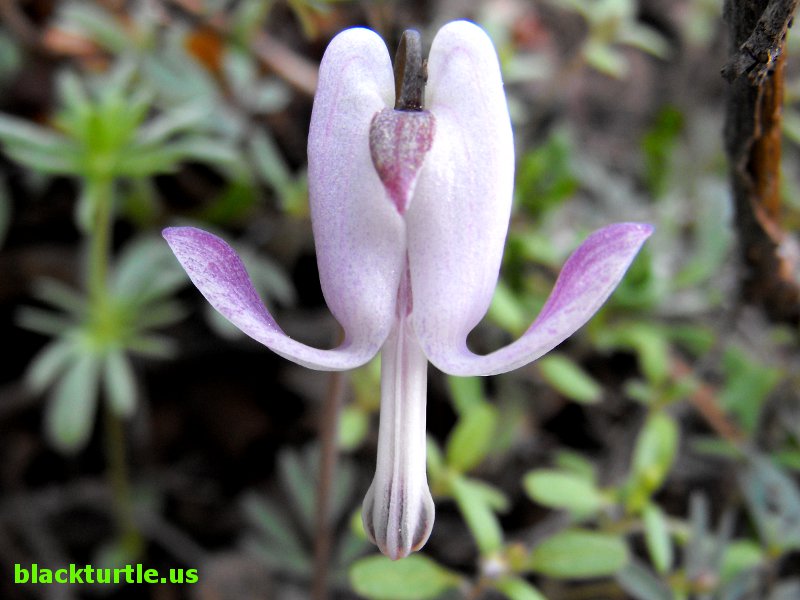
|
Steershead
January/February
At first it is very hard to accept the idea that this unusually shaped
flower could be a member of the Poppy Family. In fact, it wasn't long ago
that it was a member of an entirely different family (the Fumariaceae). But
thanks to modern genetic analysis, it was determined that this plant is
closely related to the other plants included in the Poppy Family. Steershead
is not a plant you will come across in the Death Valley area. The plant
shown in this photograph was found in Mineral King National Park and is
quite common throughout the Sierra Nevadas and a number of other areas
throughout the region.
(Click here for more info!)
|

|
Snow Plant
March/April
This unusual plant is a member of the Heath Family (Ericaceae). That puts it
in the same family with madrone, manzanita, summer holly, Spanish heather,
St. John's wort, mountain laurel, and Labrador tea. This is another one of
those plants that just doesn't look all that much like other members of its
family, but which is nonetheless closely related. And while we're on the
topic of snow, there was a ton of snow at Mineral King this last week and
this forced me to alter my hike for the day. There was much less snow the
following day when I hiked the Freeman Grove Trail, which is at a much lower
elevation.
(Click here for more info!)
|
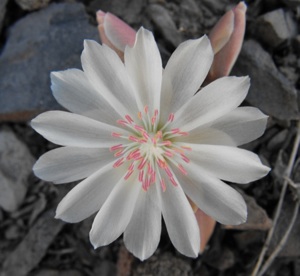
|
Bitterroot
May/June
Two years ago I set a personal goal of finding bitterroot ( Lewisa rediviva)
in the Death Valley area and last week I finally accomplished that goal by
locating some plants in the Inyo Range between Badger Flat and Papoose Pass.
There was quite an abundance of bitterroot above an altitude of 8000 feet.
Although I realize that bitterroot is a relatively common plant throughout
the Great Basin region, it is a little hard to come by in and around Death
Valley. In fact, Mary DeDecker ( see list of Useful Desert Plant and
Wildflower Books) lists Inyo-White, Grapevine, and the Panamint mountains as
the only locations where it grows in the region.
(Click here for more info!)
|

|
Rock Nettle
July/August
Although Rock Nettle produces great quantities of large and extremely
beautiful flowers, it has nonetheless earned the nicknames Stingbush and
Velcro Bush. While the flowers are pleasing to look at, contact with the
leaves should be avoided if at all possible! This is because the leaves are
covered with barbed, stinging hairs which attach themselves to any clothing
that brushes against them. The leaves often remain attached to clothing even
after laundering. The odd thing is that desert bighorn sheep enjoy munching
on them just the same!
(Click here for more info!)
|
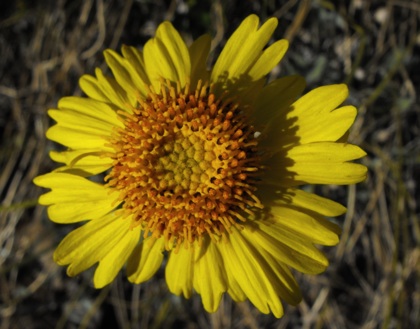
|
Brittlebush
September/October
Brittlebush (Encelia farinosa) is also known as Incienso. It is found
throughout much of the desert southwest below 3000 feet, usually growing in
areas also populated with creosote. The plants are dome-shaped and may reach
five feet in height, but most often grow to about three feet. Brittlebush
produces numerous daisy-like, yellow flowers. The grayish green leaves also
help make this plant easily identiable.
(Click here for more info!)
|
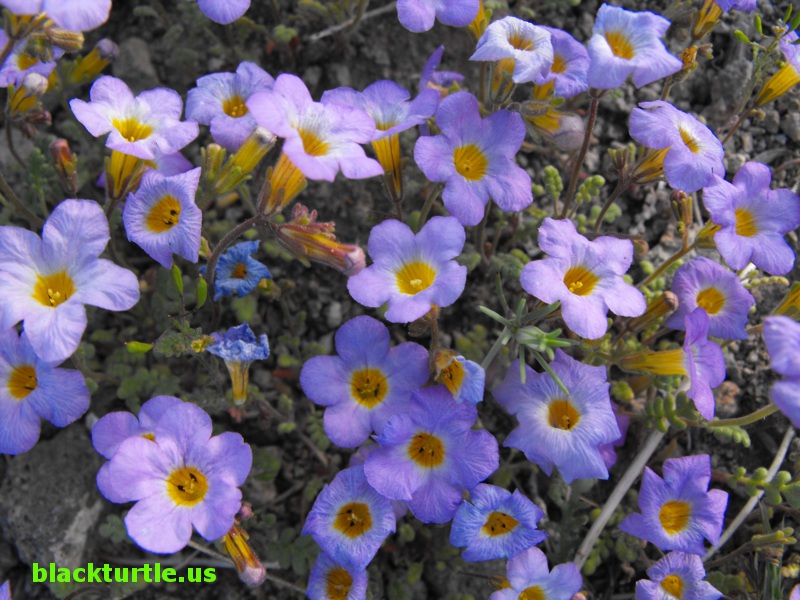
|
Fremont Phacelia
November/December
It's pretty easy to see why Fremont Phacelia is sometimes called Yellow
Throats. The tubular flowers range in color from pale lavender to magenta
depending on the acidty or alkalinity of the soil in which the plants are
growing. The inside of the tube of these flowers, sometimes referred to as
the throat, is yellow. Fremont Phacelia is common throughout the Death
Valley area and in much of the southwest at altitudes below 7500 feet.
(Click here for more info!)
|
|
| |
|

blackturtle.us
PLANT
BLOG
BLOG INDEX
ASSOCIATED SITES:
Trona News
Rusky Ed
Any Place Education
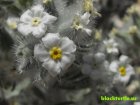



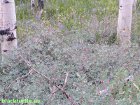

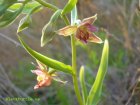

|

















